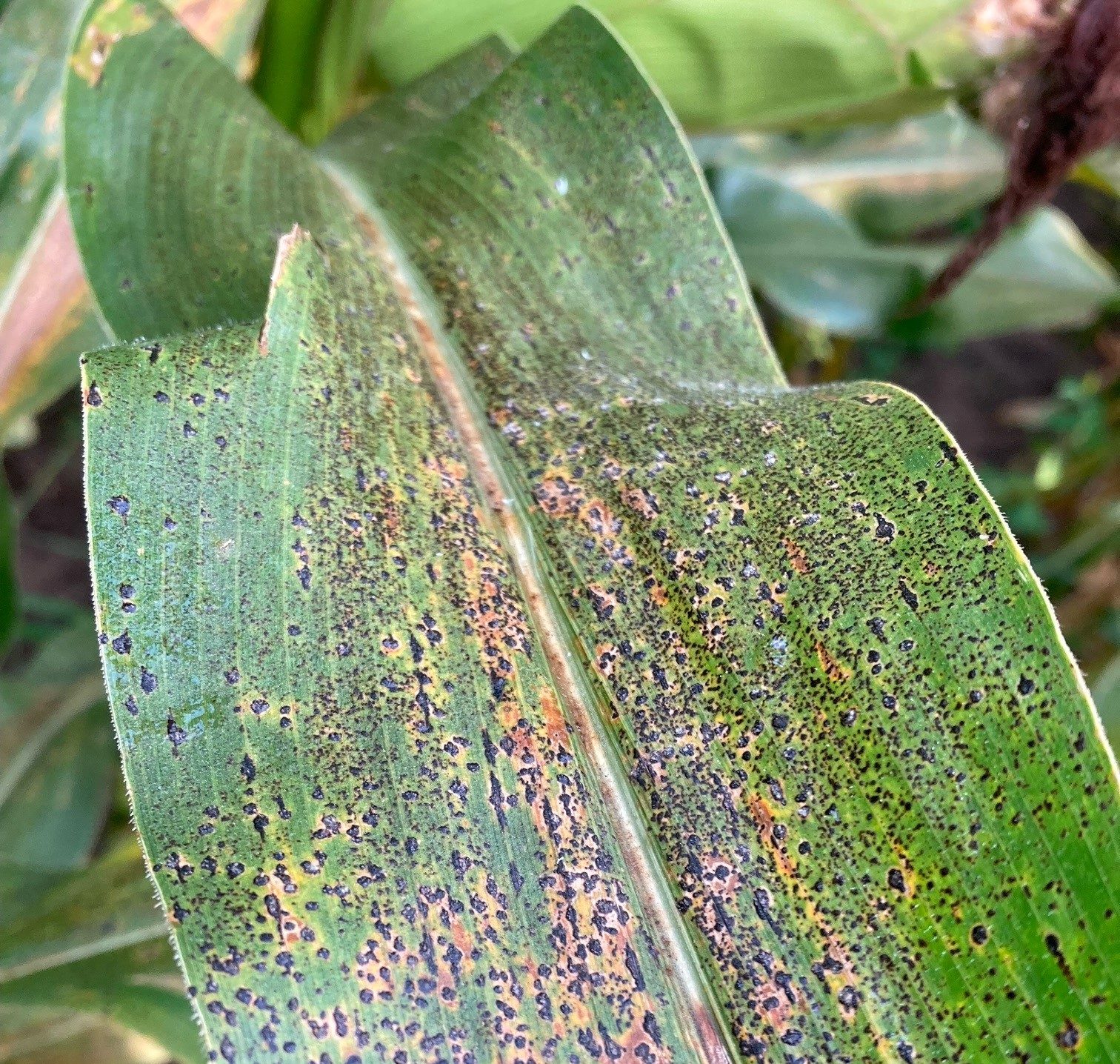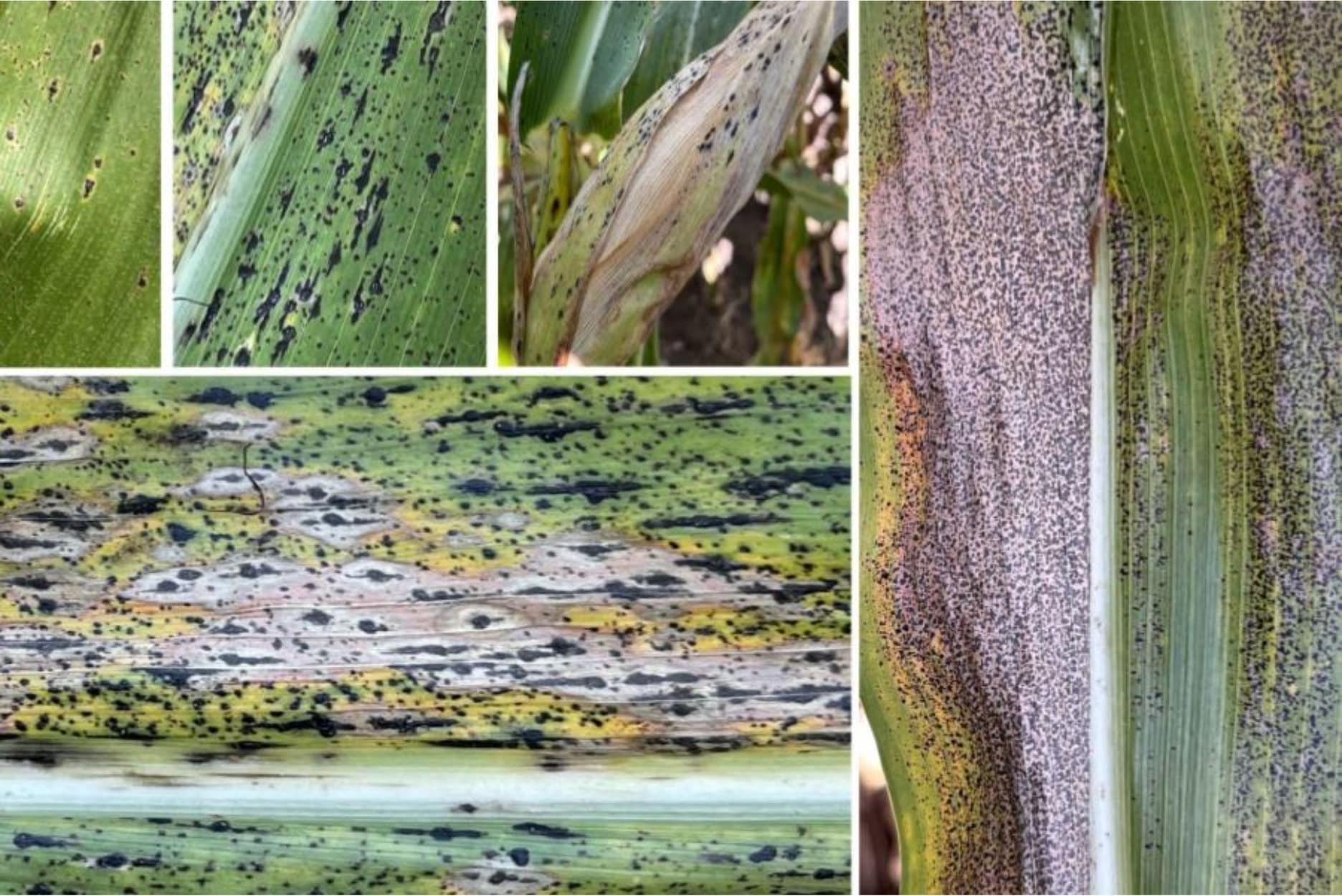As tar spot continues to cause issues in the Midwest, researchers look to new solutions.
With so many growers dealing with different issues in the field, it’s no surprise that tar spot has moved up on everyone’s list of corn threats. With no genetics fully built to fight tar spot off — only genetics that are stable enough to stand against it — new research is needed to fight the emerging disease in the U.S.
It’s important to note: tar spot isn’t only affecting the U.S. According to Christian Cruz, an assistant professor in the Department of Botany & Plant Pathology at Purdue University, tar spot has been seen in Mexico, as well as Central and South America. Though it’s new to the U.S., other countries have been battling tar spot in their corn crops as well.
Imaging for Early Detection
While other countries are battling tar spot as well — with various successes in terms of management styles — research is starting to ramp up in terms of tar spot. In Cruz’s lab, they’re working on focusing on how to better detect tar spot in the field, particularly using images and sensing technologies, to help reduce some of the time it takes in detection.
“We know that nowadays, we rely a lot on humans,” Cruz, one of the speakers at the AgReliant Genetics Tar Spot Summit, says. “Either expert farmers or personnel go to the field to evaluate what’s going on, and then a decision is made. The reality is there’s a lot of surveillance poorly carried out — people are looking in the wrong places at the wrong times. That obviously has an impact on the decisions we make.”
Because of that human error — which, Cruz notes, is no fault of our own, just due to the lack of information we have on tar spot — there needs to be a bigger push to better scouting and surveillance.
The key of Cruz’s research on tar spot through imagery is to start developing tools to combine as much data and information as possible to start minimizing the potential for human error in field scouting.
“Automation is going to be very important in the future,” he says. “By using imagery in this case, we might be starting to incorporate things like weather data into these tools in the future.”
Not only that, but imagery and automation can also propel scouting forward beyond just tar spot. Cruz believes his research can also help in diagnosing different diseases or issues in the field.
“We need to start thinking how we can quantify multiple diseases at once,” Cruz says.
In the future, Cruz would like to see research applied not only to tar spot, but also to detecting more diseases through imagery and prediction. Keep in mind — automation is key for the future.
Understanding Tar Spot’s Causes
Since the discovery of tar spot in the Midwest in 2015, it’s been a rather complicated disease to understand and spot in the field. Though researchers, like Cruz, are looking into imagery diagnostics, there’s still some difficulty currently in finding it in the field.
“Tar spot is a sneaky disease,” says Damon Smith, an assistant professor at the College of Agricultural and Life Sciences at the University of Wisconsin-Madison and an expert on field crop disease identification and management. “It’s slow and sneaky at the beginning, and then it gets really fast and ravishes at the end of the season.”
Typically, the thought after seeing the spots appear on a corn crop is that it’s game over. Smith says that’s because tar spot is a polycyclic disease — it goes through multiple cycles in a single season, and it’s hard to identify early in the season.
Smith, along with co-researcher Marty Chilvers from Michigan State University, is looking into what causes tar spot to develop in the field and how to monitor and combat it once it’s present.
Part of it comes down to residue in the fields, which can give rise to the disease in the beginning. Typically, that means fields with a history of tar spot will continue to have a history and struggle with the disease.
Even in fields with low residue that’s tilled completely out, Smith still sees data that presents a bottom-up progression.
“Maybe it’s coming in early and affecting those lower leaves, then moving up the plant. Maybe there are minute amounts of corn residue still left in that soil profile that we can’t see, because remember — these little black spots are very, very tiny,” he says. “There’s some work trying to understand where’s the inoculum actually originating from.”
At the end of the day, Smith believes one of the key factors that play into it is weather. According to a study in Mexico from 1995, wetness and moisture were key factors causing tar spot in Mexico. But, Smith says you can narrow the disease down even more, by just considering how wet the leaves are.
Fortunately, though tar spot continues to be an issue, Smith says they’ve found hybrids that perform and work well, even under stress of tar spot. So, what’s the solution? More resistant hybrids.
“Genetic resistance is going to be forming that foundation for us,” he adds.
Read more about combatting crop diseases and pests at:
For Tar Spot, a Systems Approach is Needed













